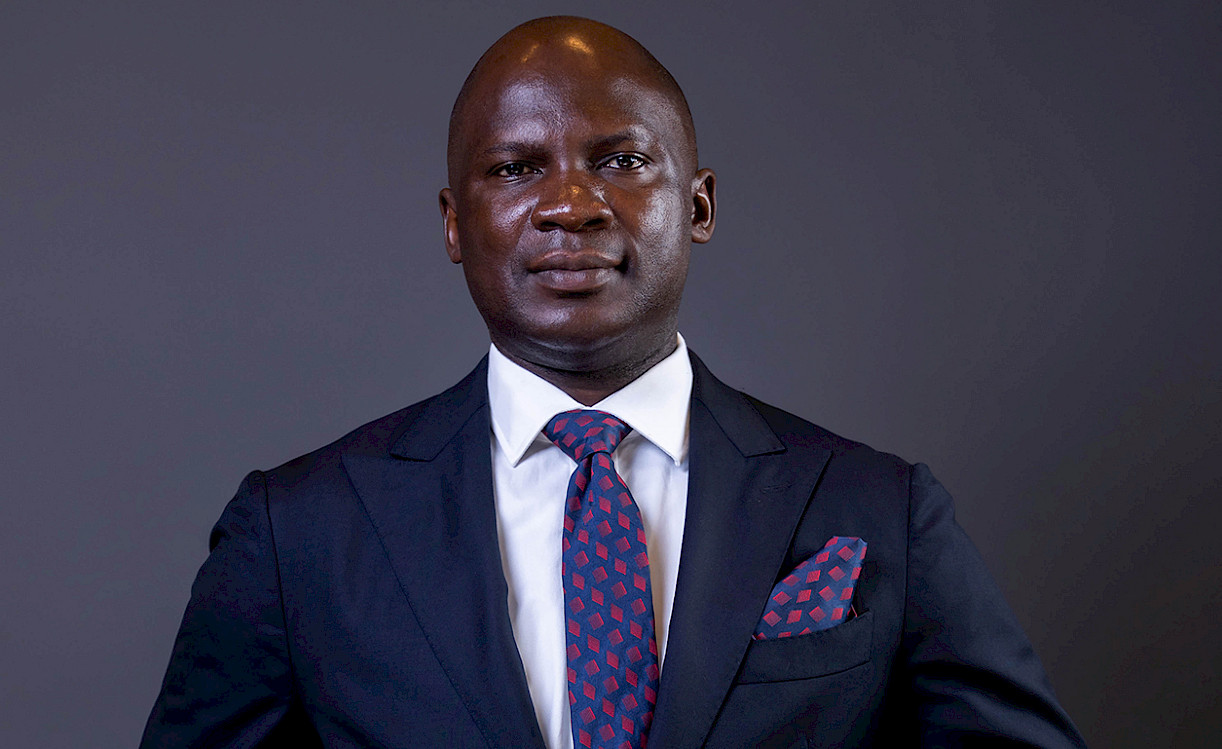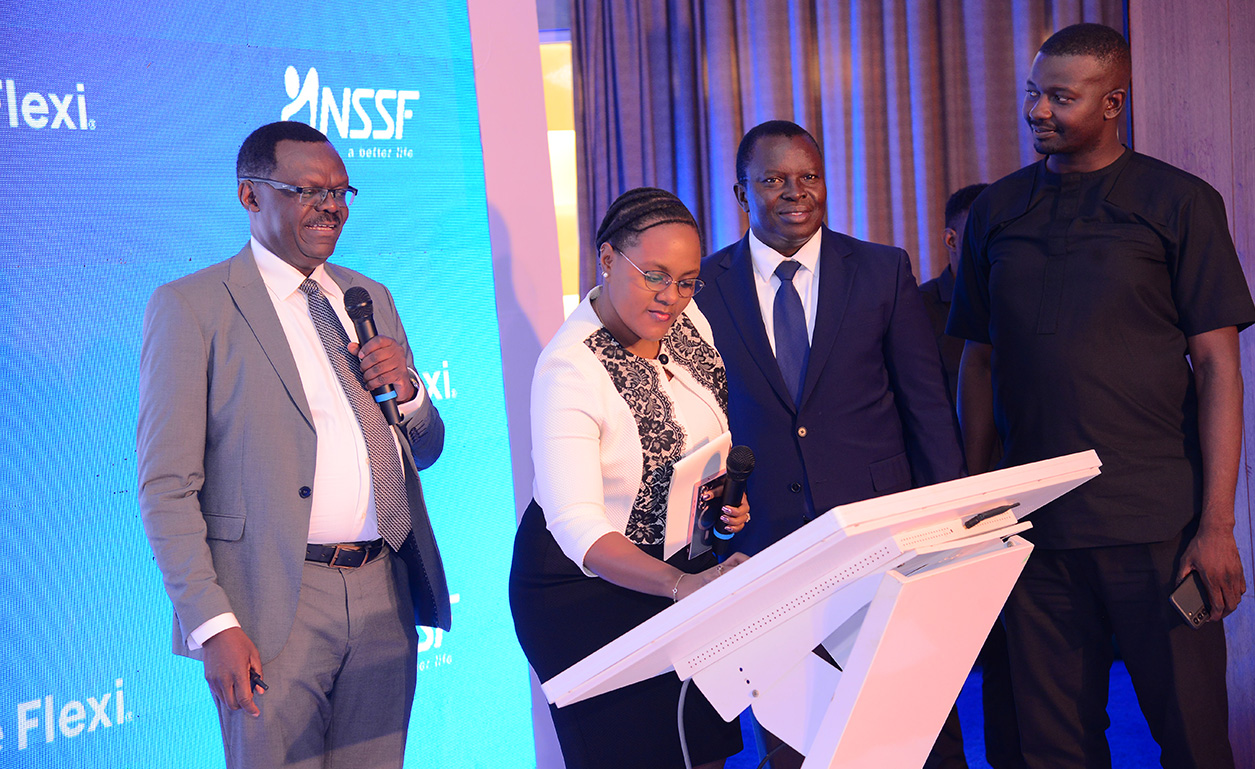NSSF Uganda – an Understated Economic Driver
Mr Peter Bwengye was retired at the beginning of 2020. Like the majority of National Social Security Fund (NSSF) members, his savings at the Fund constituted the major part of his savings base at retirement. On his part, his NSSF savings accounted for just over half his assets, which included his family home, some land and equity positions on the stock exchange.
Bwengye admits that without his NSSF payout, which amounted to about five years of his gross pay, retirement would not have been an option. He invested his money, saved over 30 years, so far affording him an income more than he was taking home in his final years of work. Bwengye’s experience is but a microcosm of the impact the fund has had on individuals, Uganda and regional economies. A new report by audit firm KPMG has for the first time, made public an indication of the economic impact of NSSF for the last ten years to 2024. In 2024, NSSF had 2.3 million members of whom 753,086 were active members. Value according to the KPMG report was determined by whether NSSF activities aided Uganda’s third National Development Plan (NDPIII) by creating jobs, conserving the environment, improving the quality of Ugandans’ lives and whether in the final analysis it contributed to a prosperous and modern Uganda. NSSF created this value through the growth in its investments, it operations and the growth in the membership since 2014.
According to the report, NSSF created sh143.3 trillion or about 75 percent of Uganda’s GDP, in total value during the period and at least two million jobs measured by Full Time Equivalent (FTE) jobs. In and of themselves these numbers are commendable but the picture looks decidedly brighter when viewed against the situation in 2014. NSSF biggest value addition was in giving its members, like Bwengye a sense of financial security, defined as peace of mind and stability that comes from having enough money and resources to cover one’s present and future needs. KPMG estimates that NSSF has provided 7.3 times more value in 2024 than in 2014 through socio-economic improvements of its members and environmental conservation. An average annual interest rate of 11.6 percent during the period and benefit payouts that have jumped to UGX1.1trillion from UGX166b in 2014, was used as a measure of improved financial security, from NSSF members over the last decade.

NSSF makes payouts to its members in the event that, they attain retirement age at 55, shift to the public sector, relocate out of the country, are unemployed for a year after their 50th birthday, are incapacitated, or to surviving family after a member’s death. In 2022 with the amendment of the NSSF Act, an additional category of mid-term access was introduced, which allowed members to withdraw 20 percent of their money if they have saved for at least 10 years.
Also job opportunities created jumped two and half times in 2024 at 346,3000 jobs compared to 138,300 in 2014, with almost all of these jobs (97.8 percent) coming from the ripple effect of NSSF investments in government and corporate paper. Interestingly, NSSF’s fixed income and equity investments are creating impact beyond our borders.

While the fixed income investments are having the most impact in Uganda, as it should be, of UGX6.7 trillion invested, more than half is in Uganda, 31 percent in Kenya, 8.9 percent in Tanzania and 0.2 percent in Rwanda. Of the jobs created (337,779), on account of these holdings, Uganda accounted for 52 percent, Kenya 40 percent and Rwanda and Tanzania four and three percent respectively. “The capital invested in government and corporate bonds is spent within the local economies on several economic activities, which in return contribute to additional GDP and job creation opportunities,” KPMG said in the report.

All this value was created on the back of a quantum leap in members’ savings to sh15.5trillion in 2024 from sh1.1trilion. While less dramatic, there were still corresponding movements in fixed income investments from UGX 2.6trillion to UGX 6.7trillion; equity investments from UGX 179billion to UGX 5.8trillion; real estate investments from UGX 5billion to UGX 162billion; and the socio-economic and environmental value created through NSSF’s own operations which jumped from UGX 513bllion to UGX 3.9trillion during the same period. When all is said and done the Fund invests a true value return of 2.1 times larger than the invested capital. The last decade has easily been NSSF’s best years, judging by the growth in the Fund and the average annual interest it has paid its members. Being the first report of its kind on NSSF, it provides a useful benchmark for current and future administrations.
NSSF has severally reported that its cost to revenue has remained below two percent, ahead of global benchmarks, suggesting they are not only effective in growing income but doing so efficiently with little waste. There is little mention of it, but NSSF’s government paper holdings have played a crucial role in maintaining macroeconomic stability, with some of the Funds being withdrawn from the economy to manage inflationary pressures. As the biggest bond holder in the Uganda market this would be hard to ignore.

The new law has mandated that all employers, not only those with more than five workers, should sign their employees up. In addition it has opened the door to the informal sector to save voluntarily. Currently the informal sector accounts for about 80 percent of the workforce. The above policy changes bring the Fund’s target of increasing its asset base to Sh50trillion by 2035 more realistic. That and the testimonies of retiring members like Bwengye, should be able to increase the NSSF’s attractiveness to members, encouraging more to join – the target is 50 percent of the workforce by 2035 compared to under a fifth currently – and for existing members to save more. What is clear though is that NSSF is and can be a powerful force for development through mobilization and deployment of resources, not only for Uganda but for the region as a whole.
Click the image below to download the full report.








